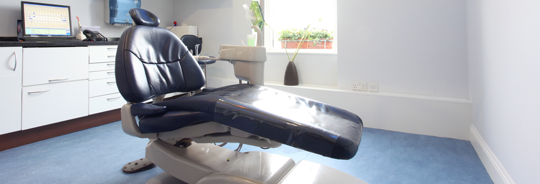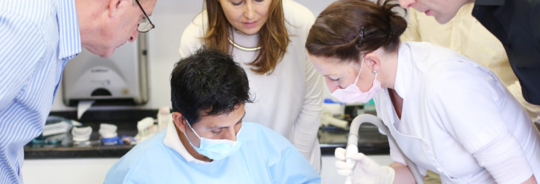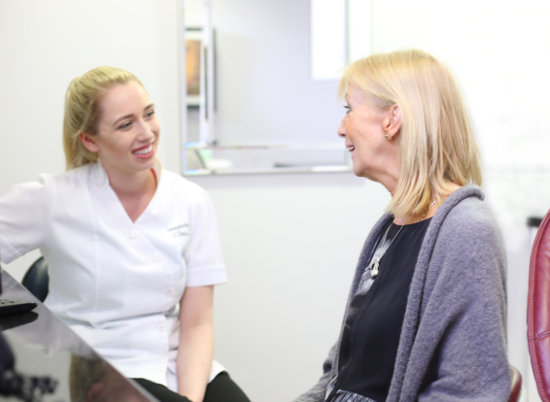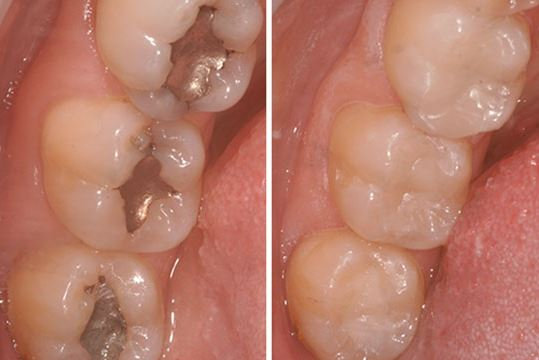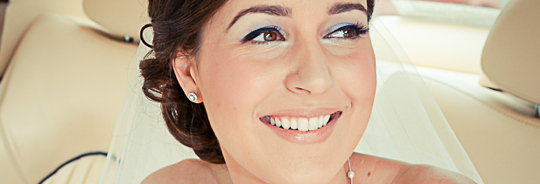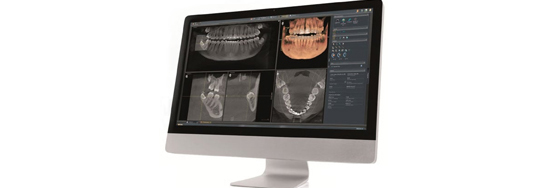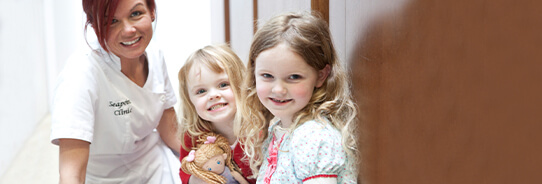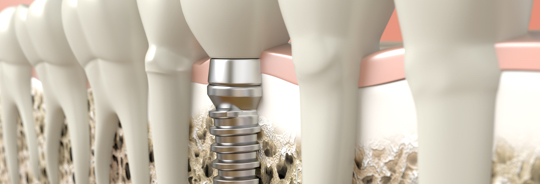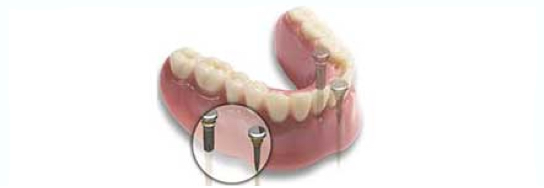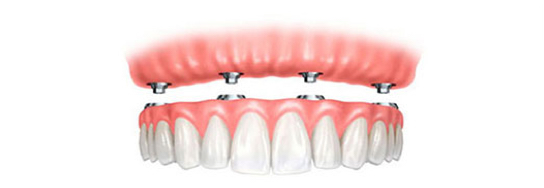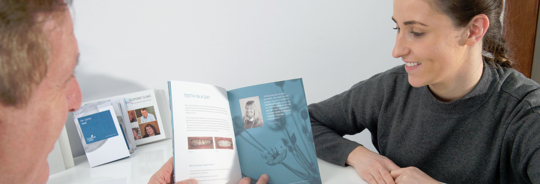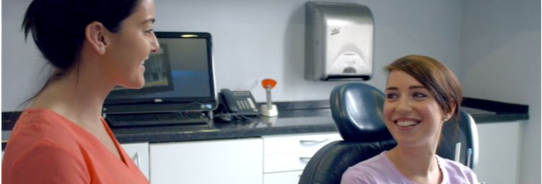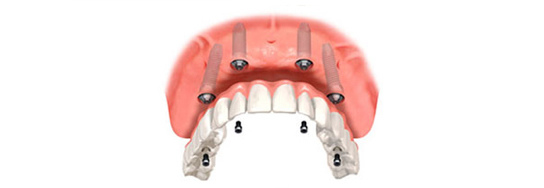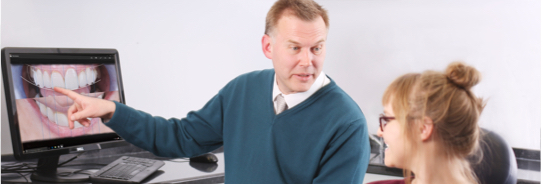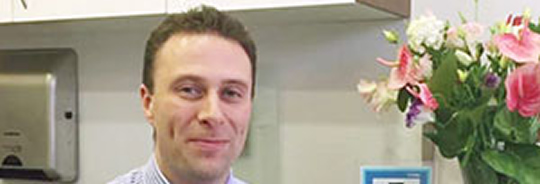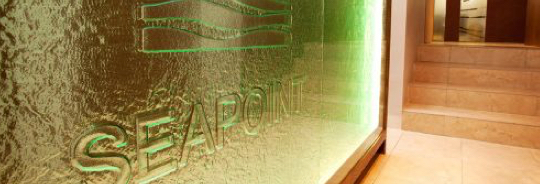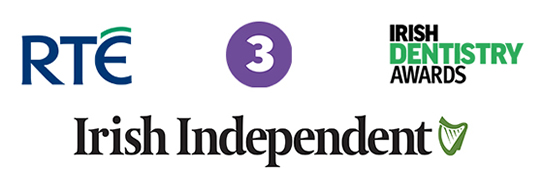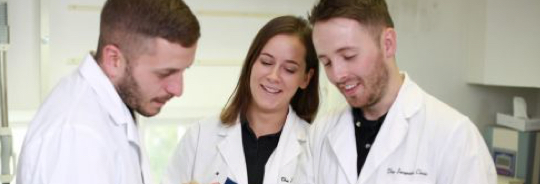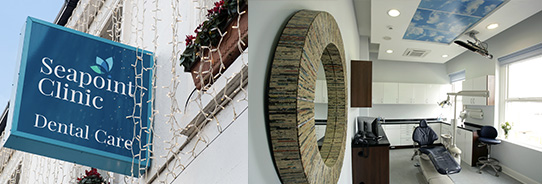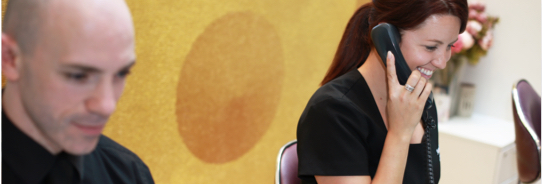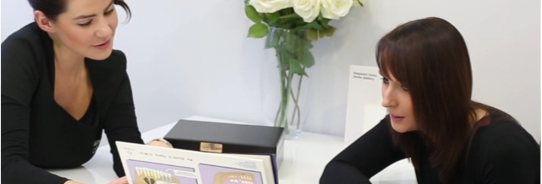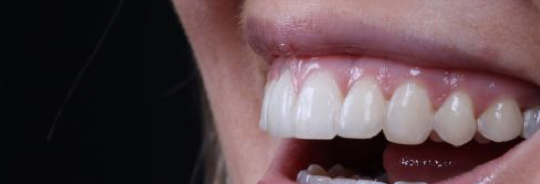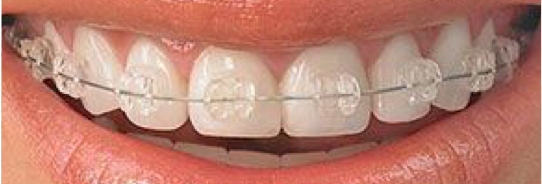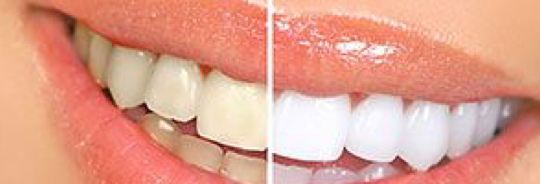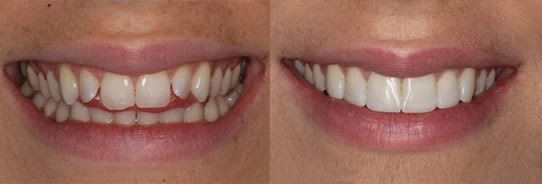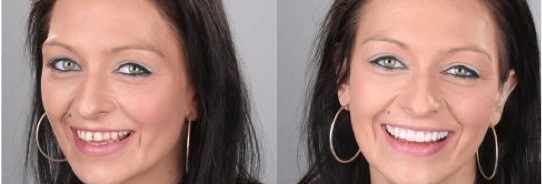
Blog
We post all the latest information here regularly so it's always up to date for you. If there is a topic you would like to have us cover please ask.
13 October 2013
A History of Teeth Cleaning
Before the age of modern technology, how did humans prevent their teeth from falling out? Early homo sapiens would have required their teeth to eat meat and tear flesh so how did they survive without toothbrushes, toothpaste, mouthwash and dental floss?
Cavities and gum disease became prevalent when we started farming and switched from a diet high in protein (meat and nuts) vegetables to one high in carbohydrates (flour, starch etc).
In a recent publication, Nature Genetics, Cooper and his team looked at the calcified plaque on ancient teeth from 34 different prehistoric human skeletons. What they found was that as our diets changed over time — shifting from meat, vegetables and nuts to carbohydrates and sugar — so too did the composition of bacteria in our mouths.
Not all oral bacteria are ‘bad bacteria, however. In fact, many of these microbes actually help us by protecting against more dangerous pathogens.
However, the researchers found that as prehistoric humans transitioned from hunting and gathering to farming, certain types of disease-causing bacteria that were particularly efficient at using carbohydrates started to dominate other types of "friendly" bacteria in our mouths. The addition of processed carbohydrates (flour and sugar) during the Industrial Revolution actually made matters even worse. The bacteria in your mouth feed on sugar- the modern high carb diets. The bacterias "fecal" matter is acid and this acid breaks down your teeth and gives you cavities.
We all know people who brush all the time and still have cavities. Why? Because they keep eating sugary foods and drinking sugary drinks every day.
We also see patients who haven't brushed their teeth in years and have no cavities! Why is this?
This may be a combination of excellent genetics or the simple fact that they ate less sugary foods.

The history of teeth-cleaning
Looking back in history, in medieval times it was noted that people would start by rinsing their mouths with water to remove larger food particles and they would then chew herbs such as cloves, cinnamon, mint and sage to freshen their breath. As times went on, those who worked as barbers would also extract teeth that were rotting or remove any parts of the rotting tooth with their instruments!
In Elizabethan times they rubbed their teeth with burnt rosemary and used powdered sage to whiten their teeth. During the Renaissance the ‘barber’s started to actually study dentistry, with the first dentures and gold crowns produced in the 1700s. These were closely followed by a spinning wheel foot engine which rotated, which was used to clean out cavities. In Regency times, the lords would often use a sponge and warm water to get that ‘clean’ feel. The French dentist Fouchard actually recommended rinsing their teeth using fresh urine and gun powder!
Thankfully, the first toothbrush was produced in 1857, and we have been improving this technique ever since with the evolution of the electric toothbrush, floss, special mouth washes and chewing gums.
Visiting your hygienist and dentist twice annually, combined with a diet lower in sugar and carbohydrates is recommended by Seapoint Clinic, as part of a healthy at-home oral routine.


